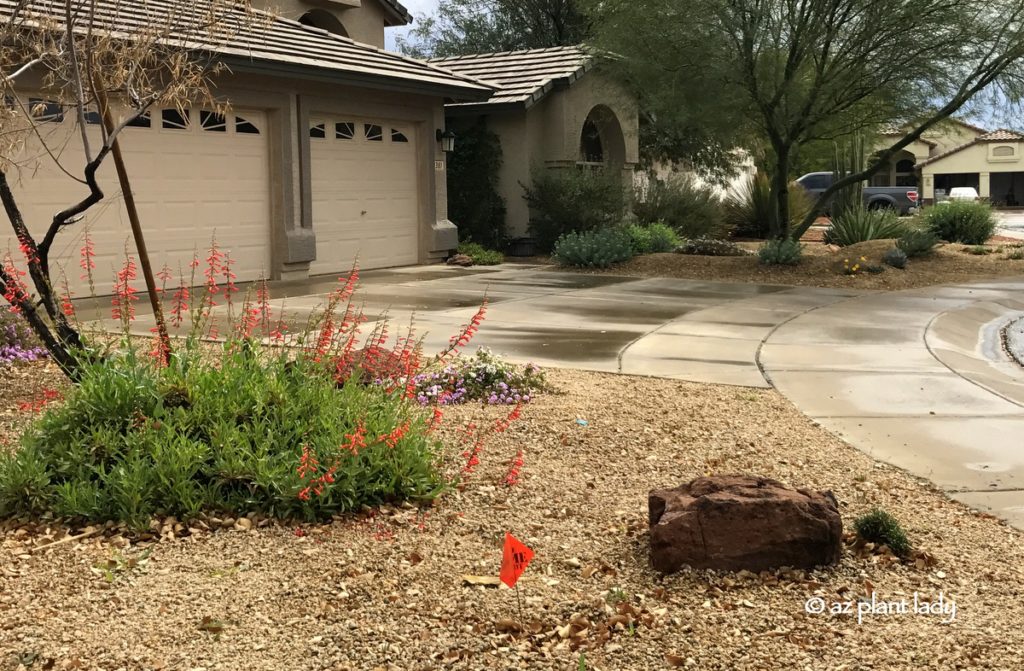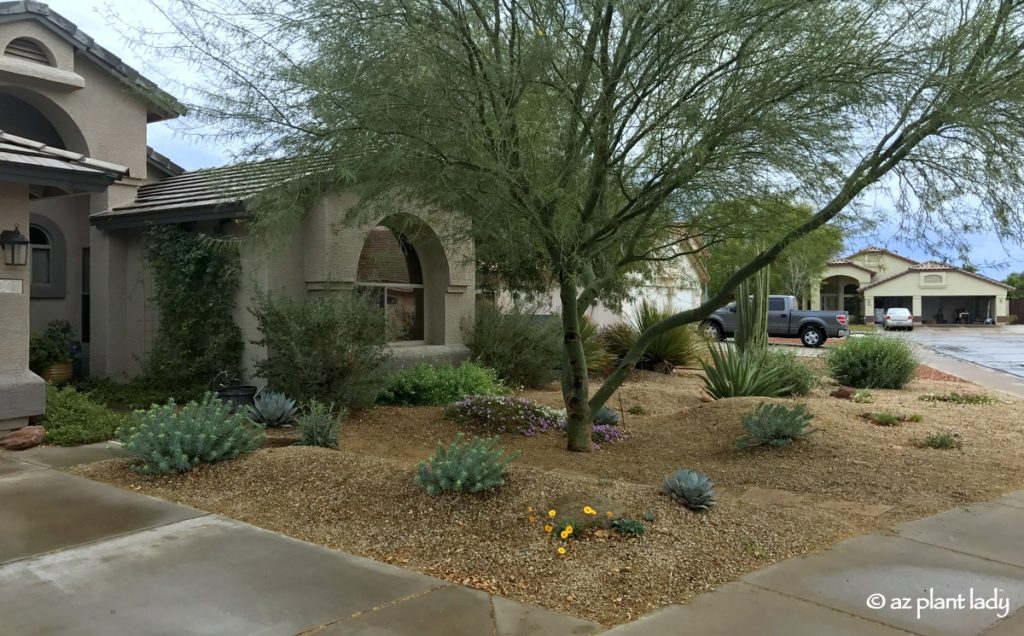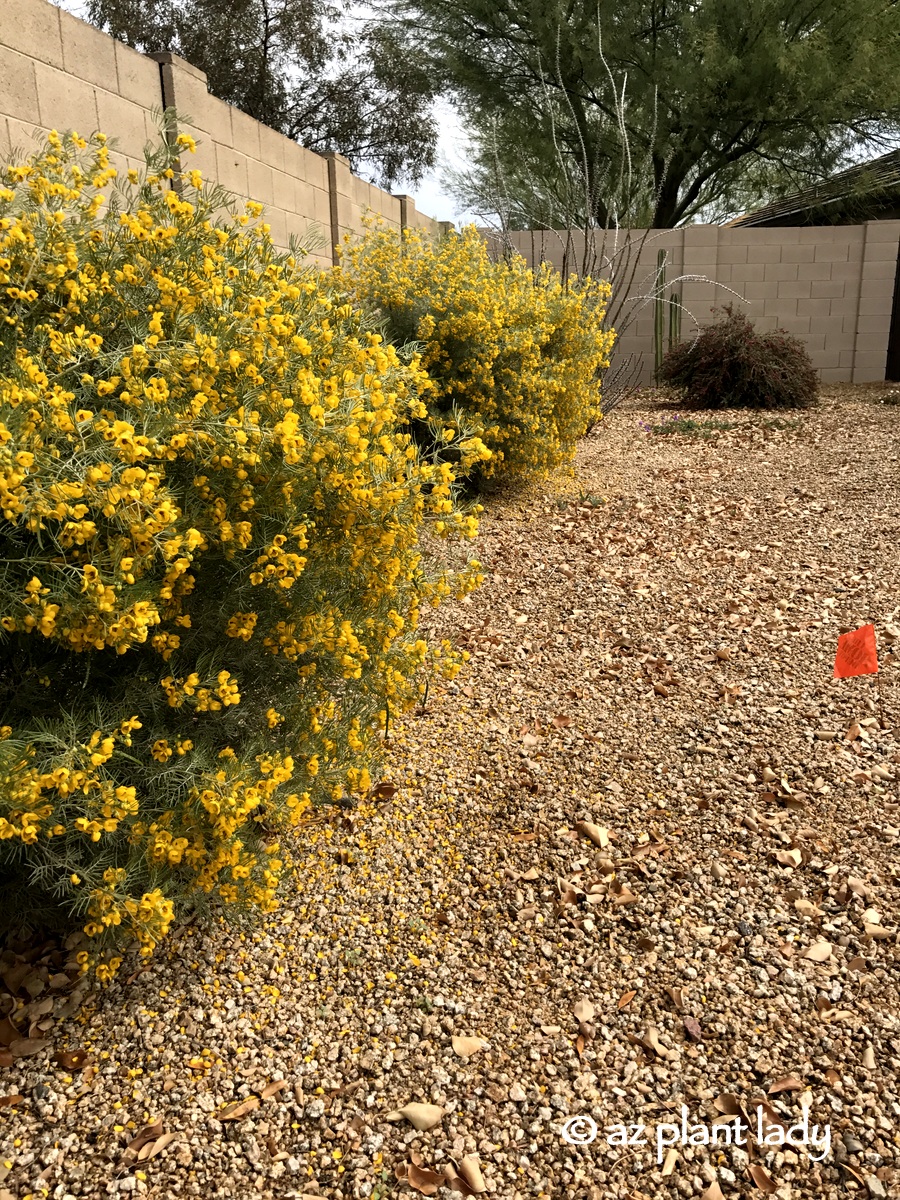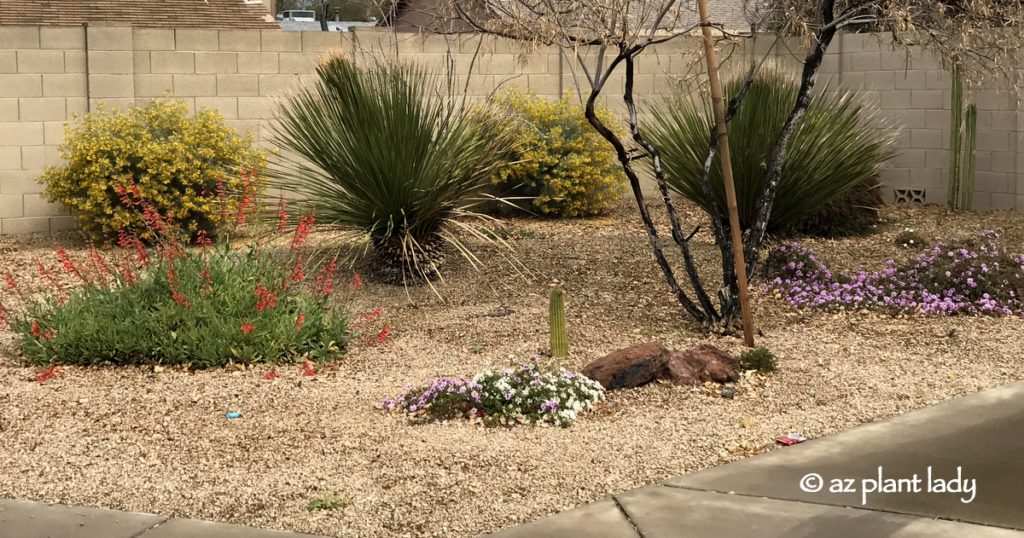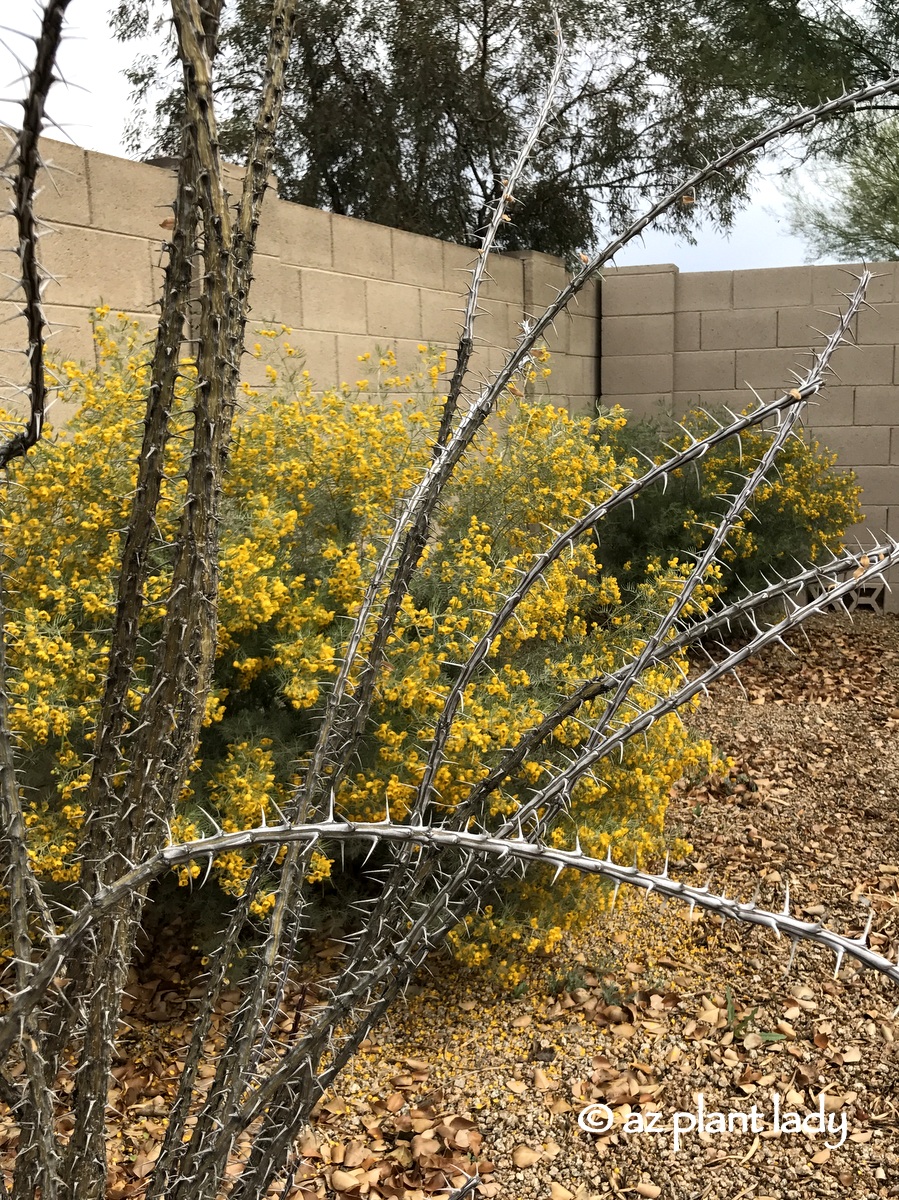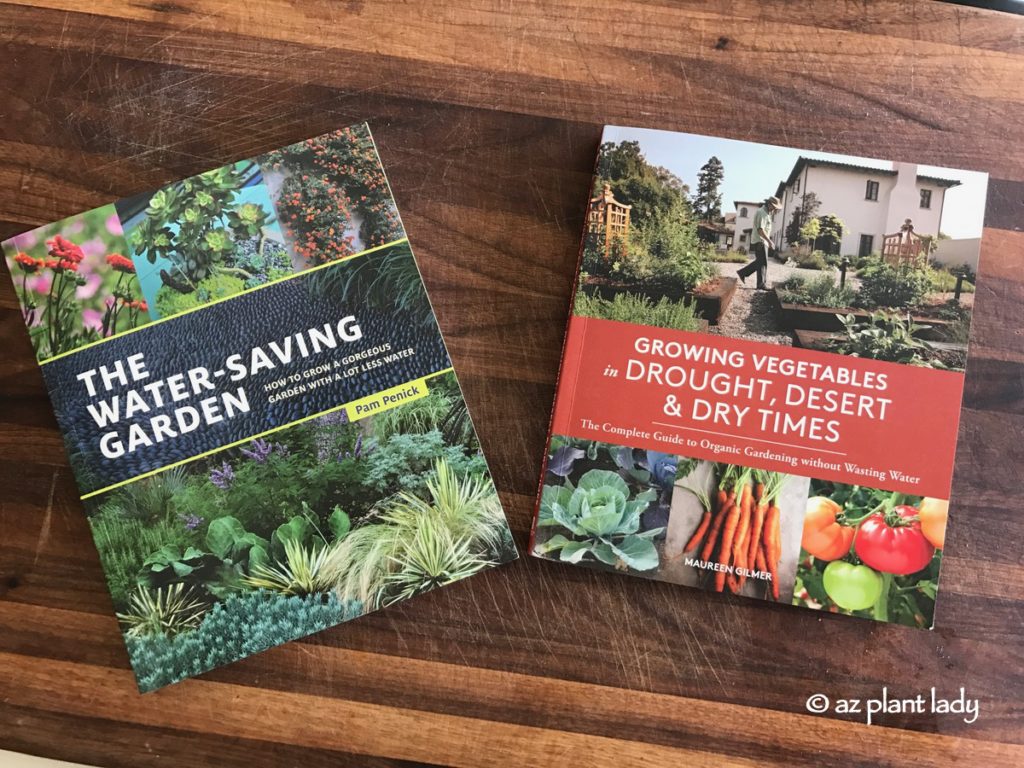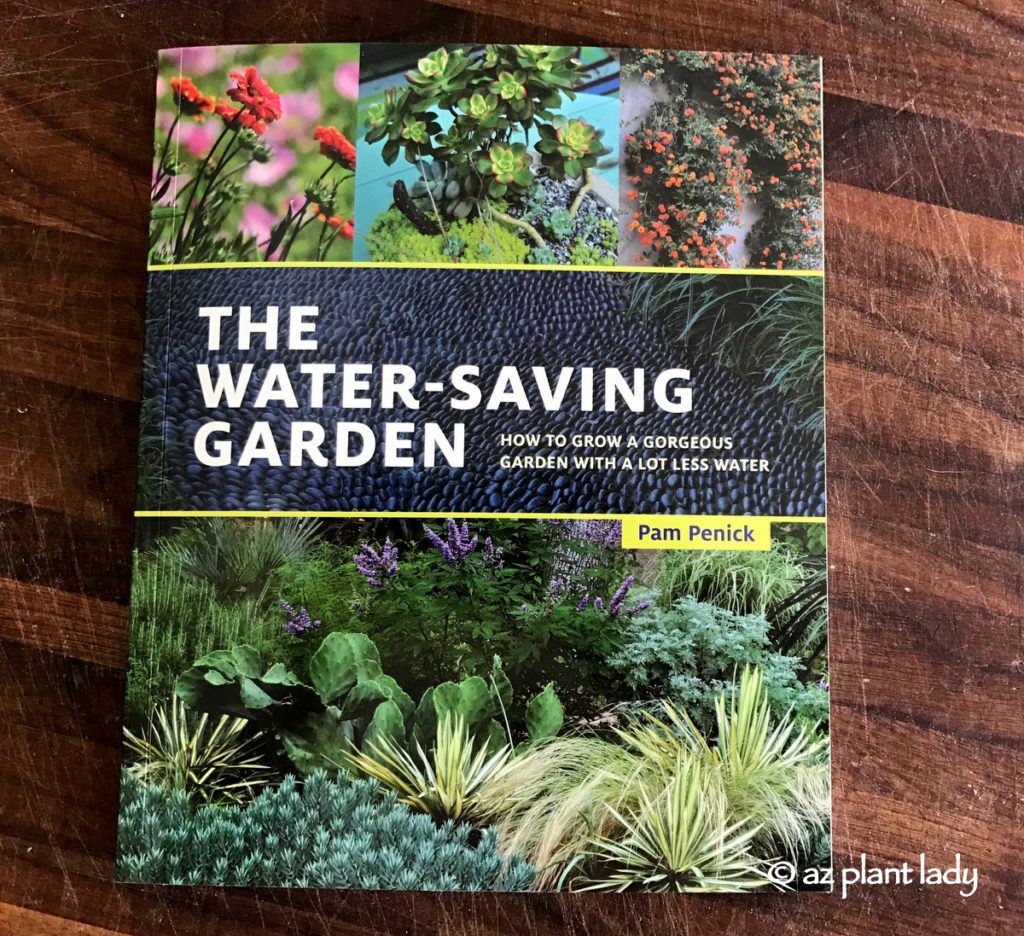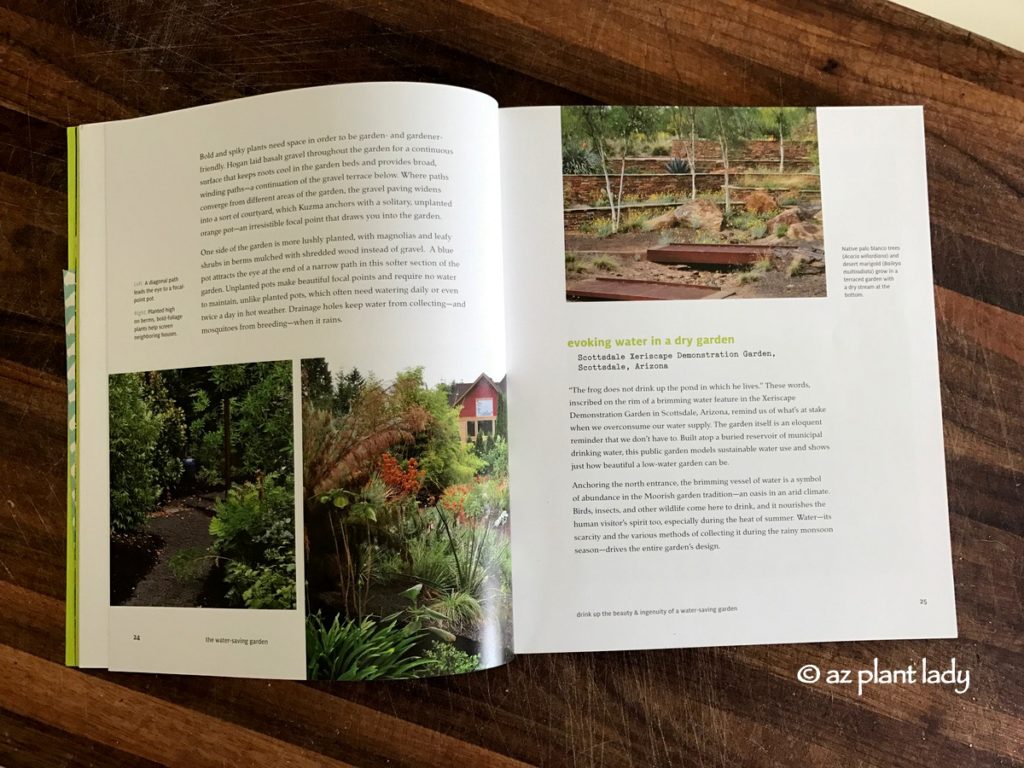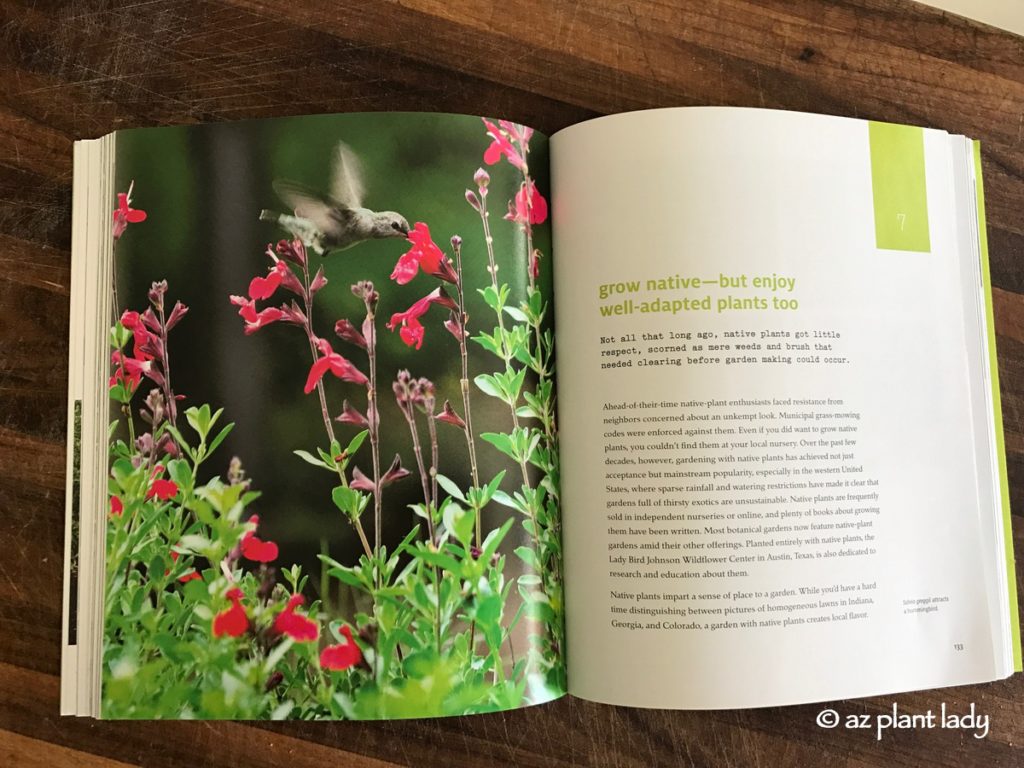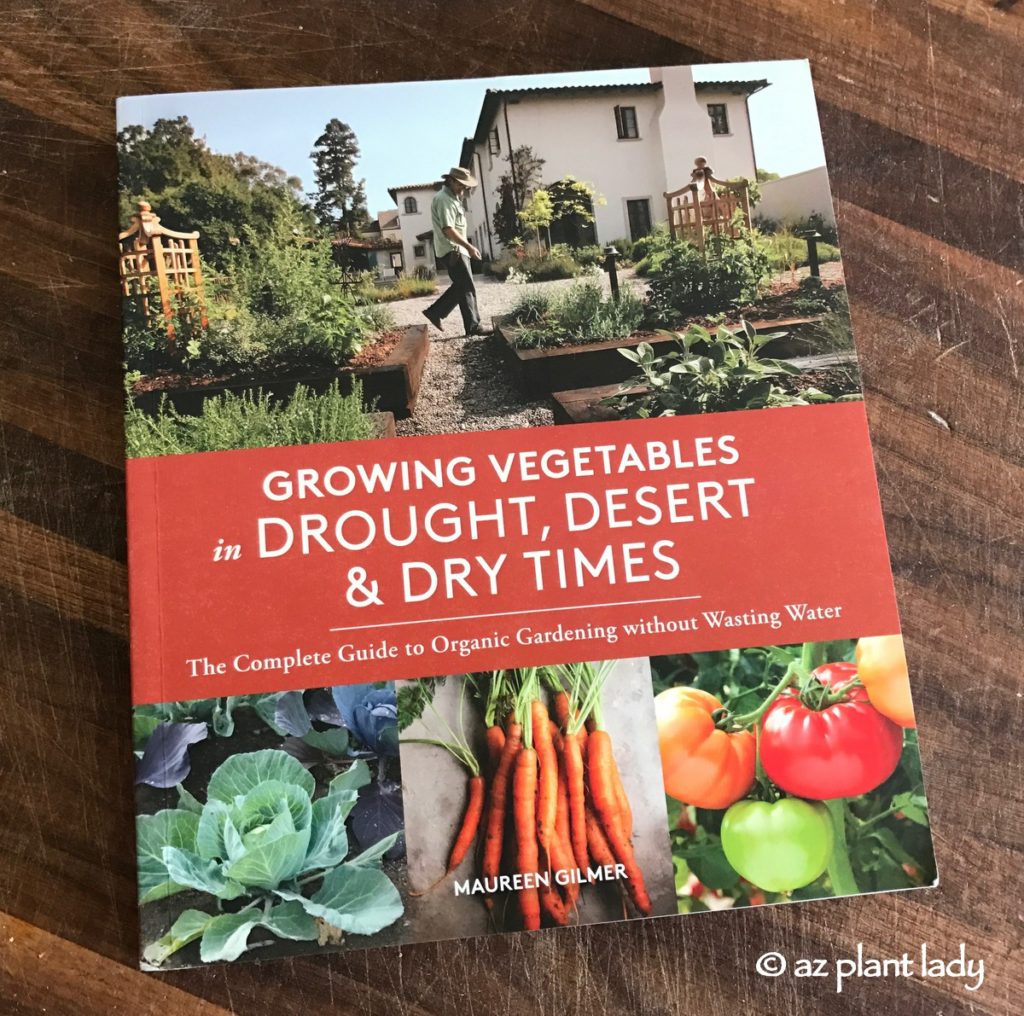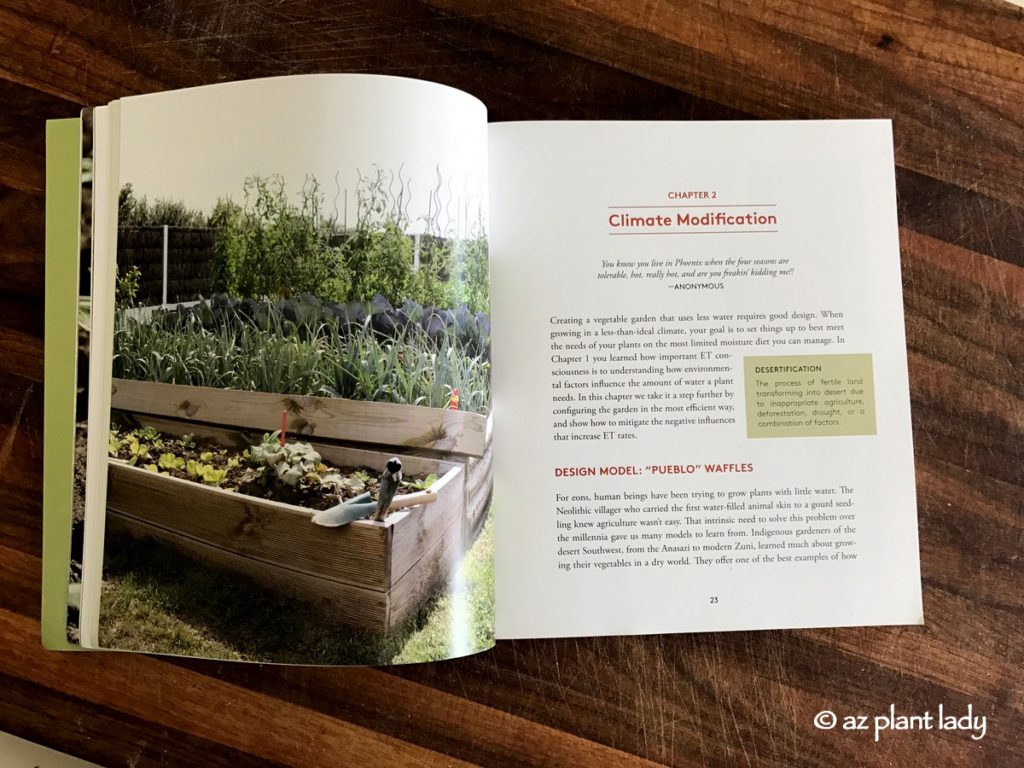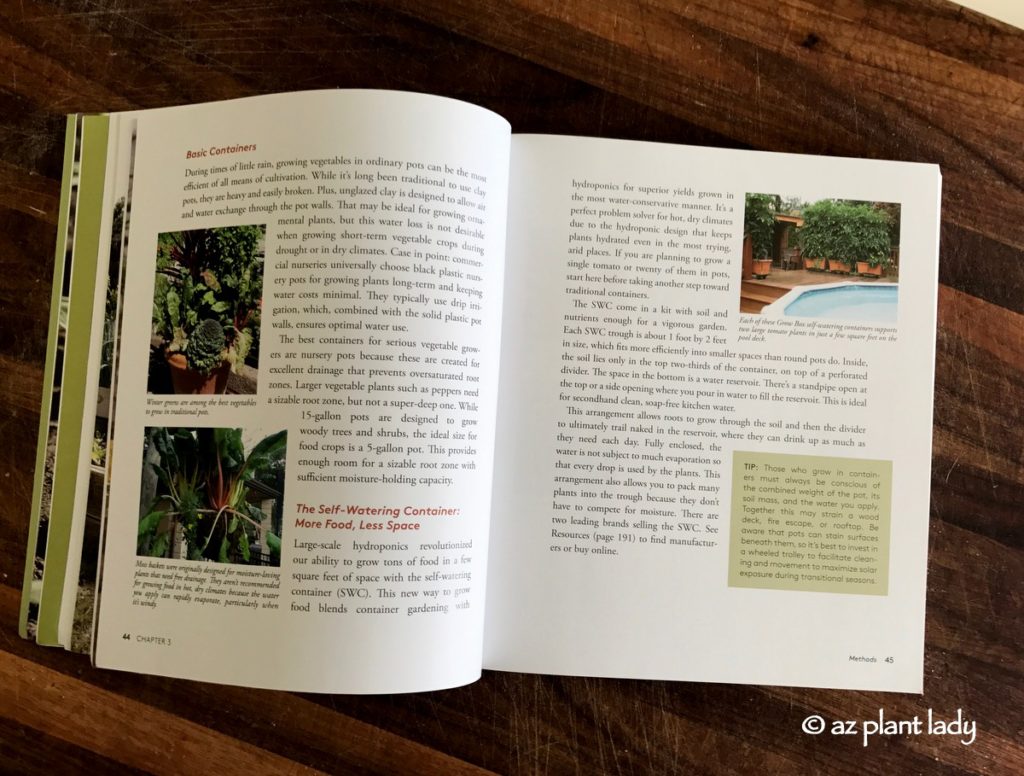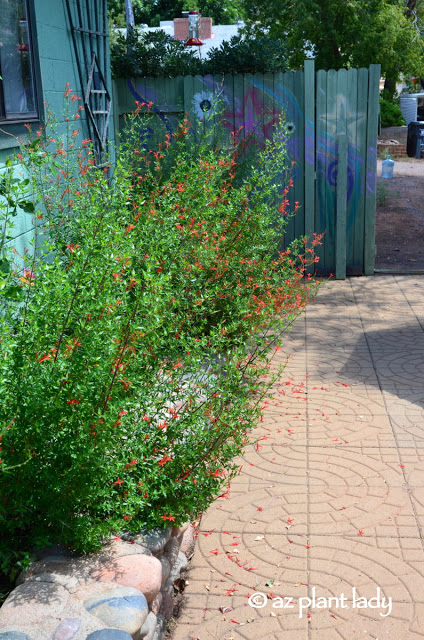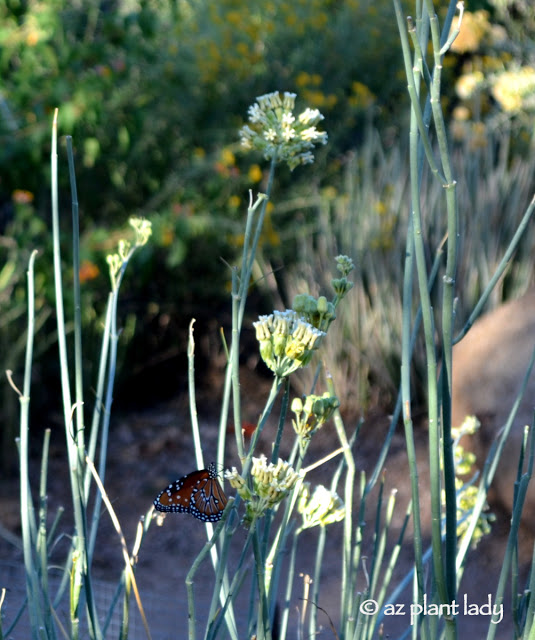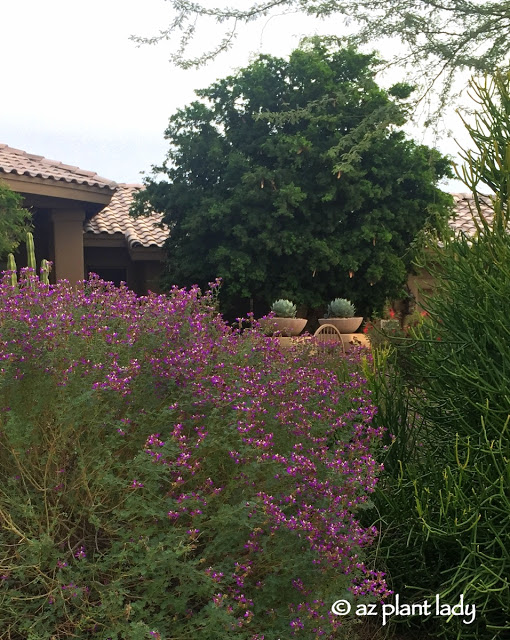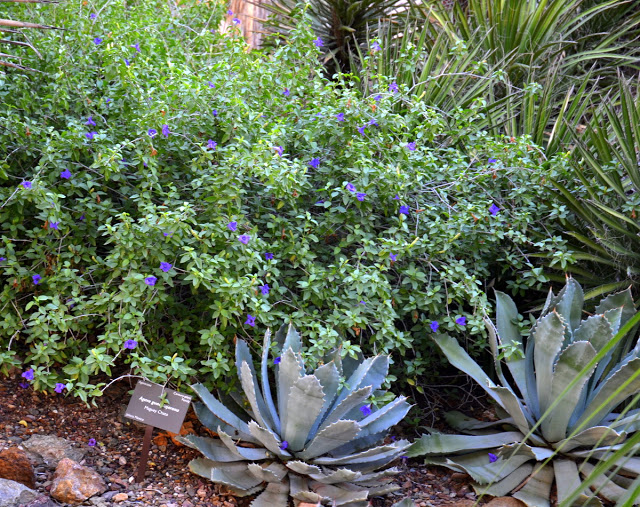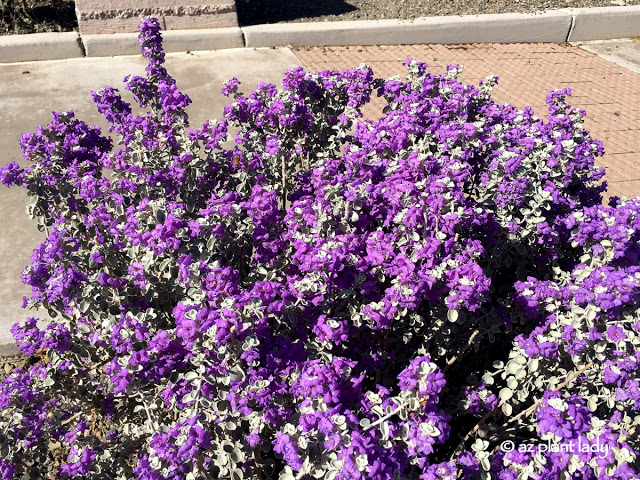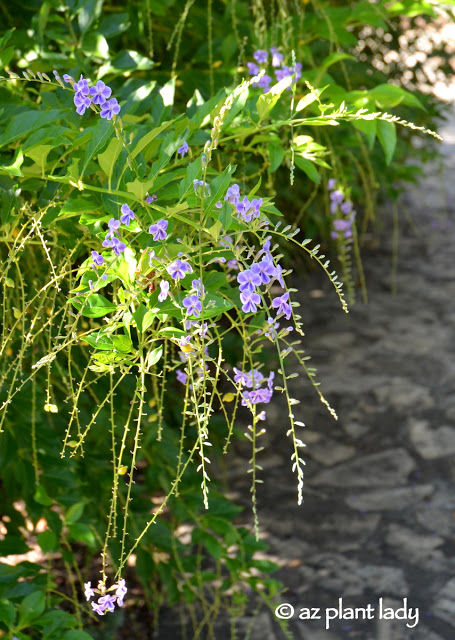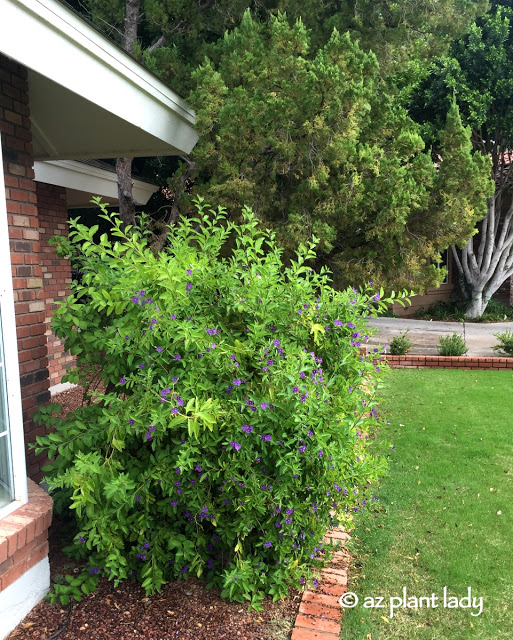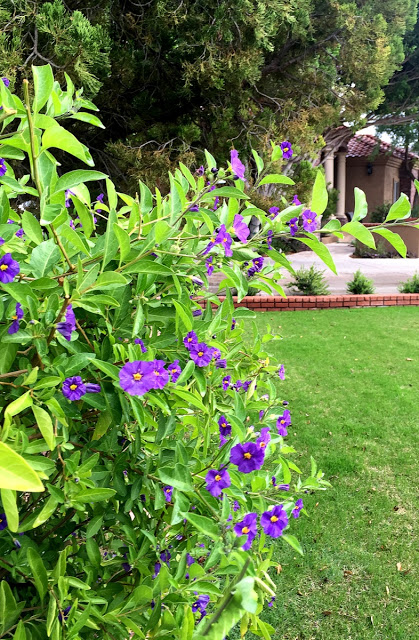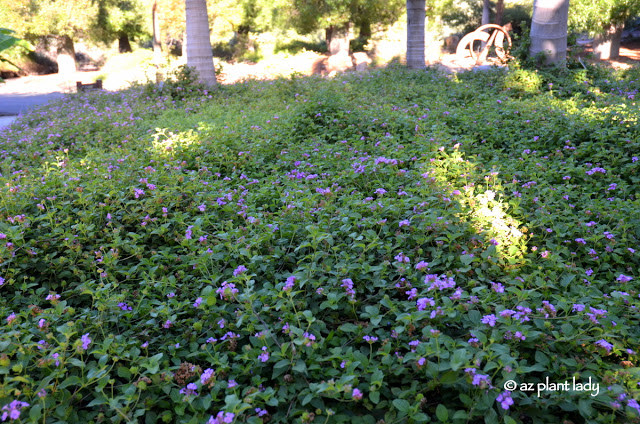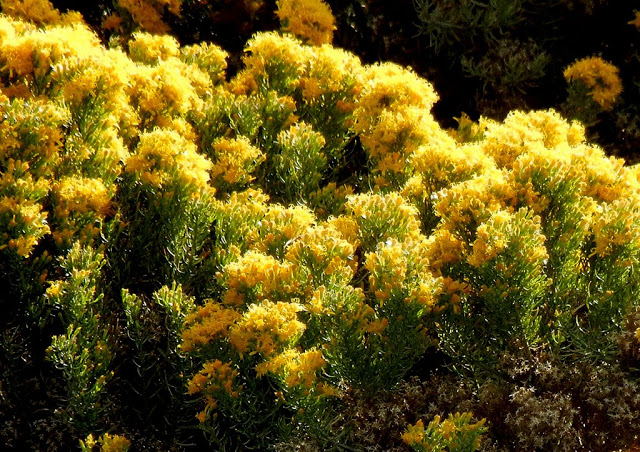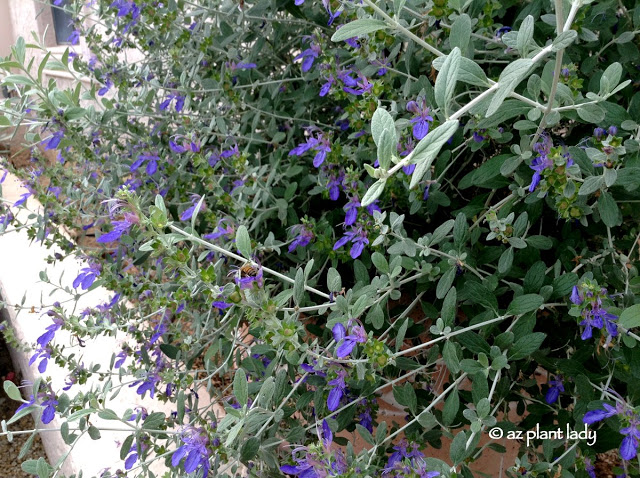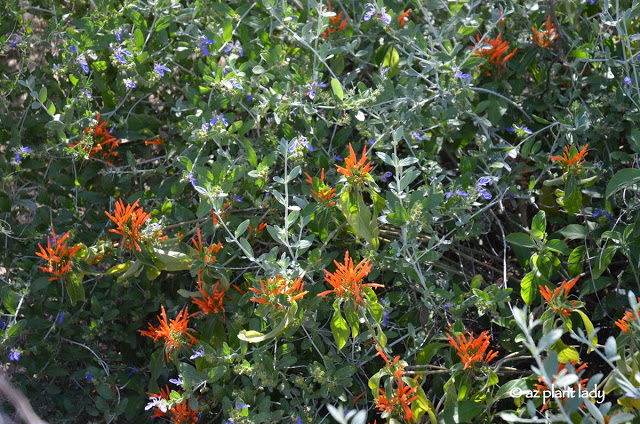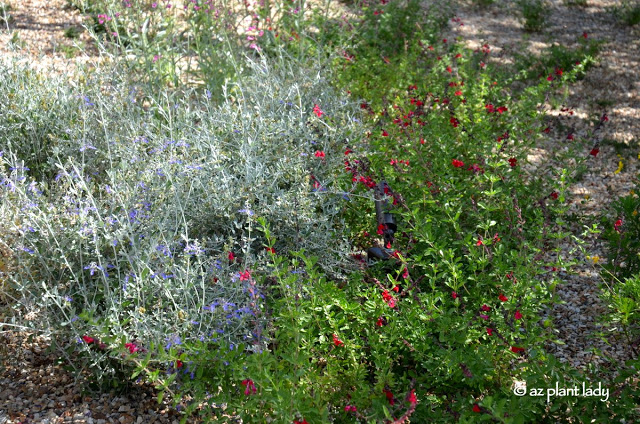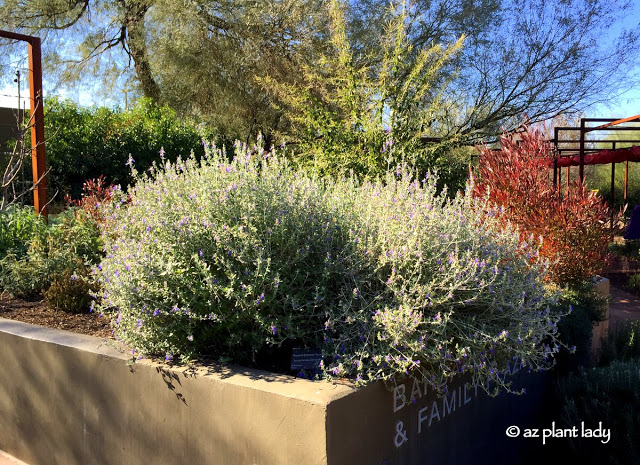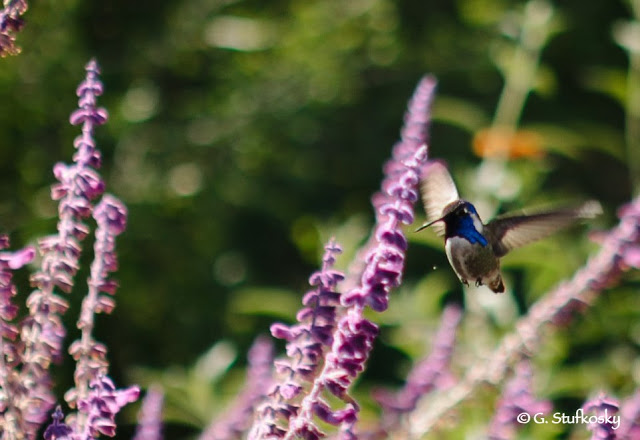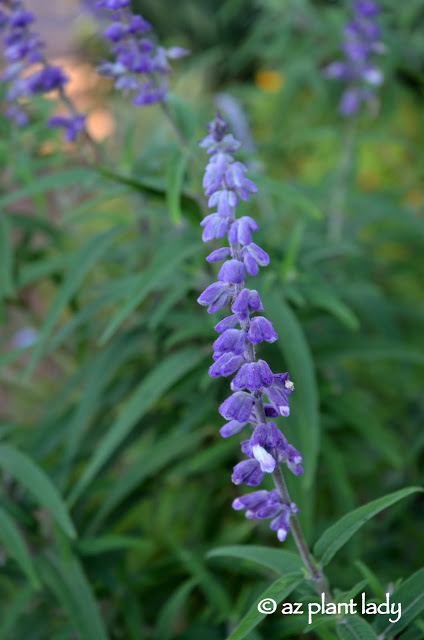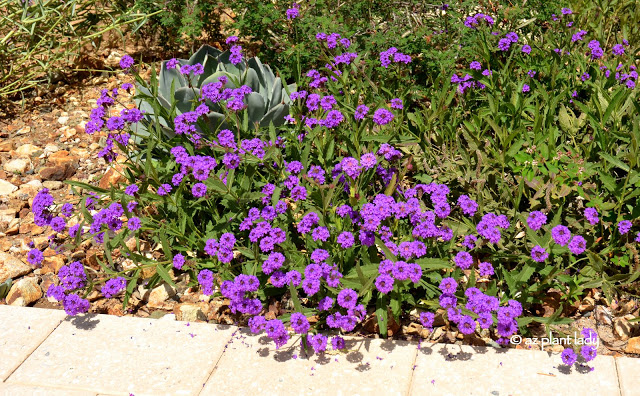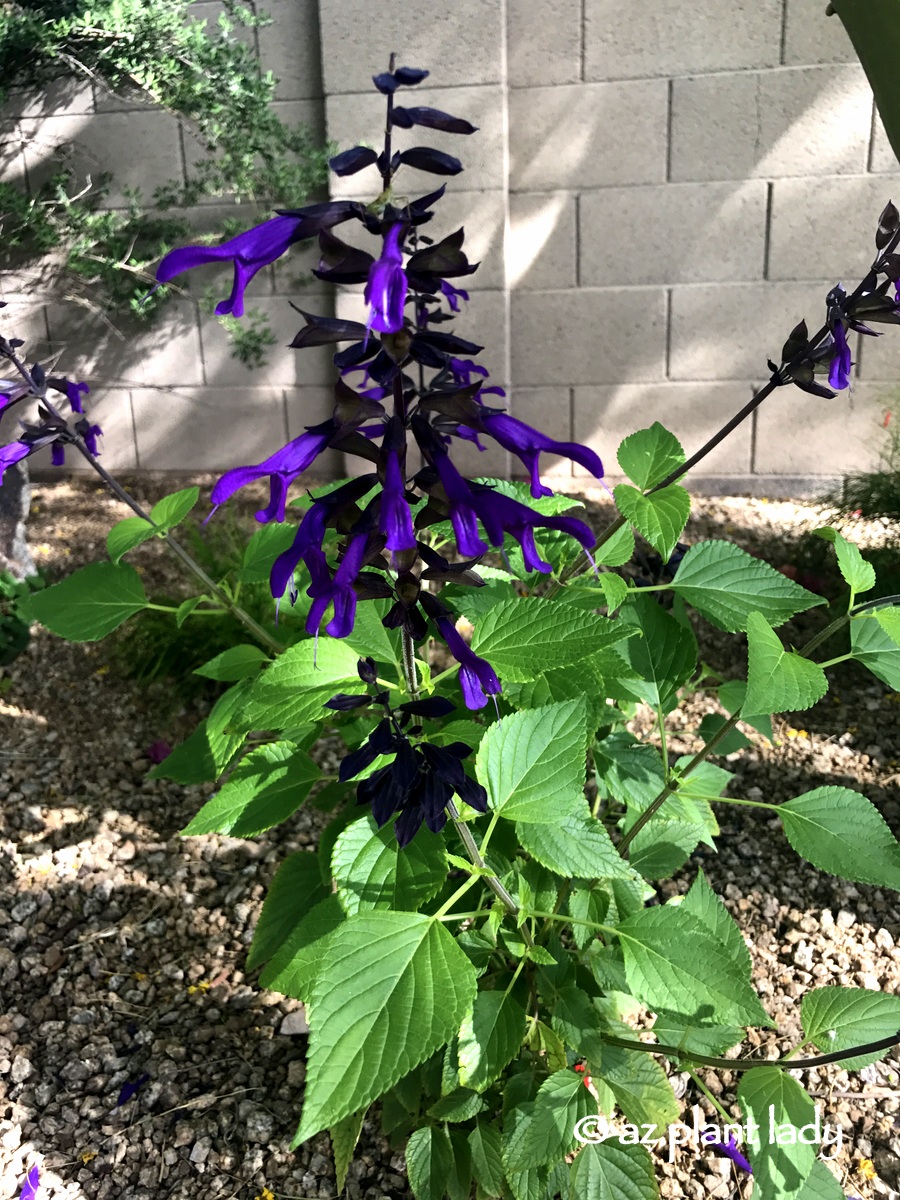
Lovely Perennials, Friendship Sage (Salvia ‘Amistad’)
Talk to most homeowners about what they want in their garden and they will usually reply “color”. I am no different and when I was given the opportunity to try out two new plants, courtesy of the folks at Monrovia, I jumped at the chance to showcase more examples of their plants, which are available at Lowe’s or at your local garden center.
I would like to share with you two plants that will add a pop of color to your garden.
The first is Friendship Sage (Salvia ‘Amistad’). Recent visitors to my garden couldn’t take their eyes off of the vibrant purple flowers and the lush green foliage of this new plant.
This particular salvia does best in filtered shade and should be kept away from full sun, especially in hot, inland areas. Hardy to zone 9, it is suitable for climates with mild winters.
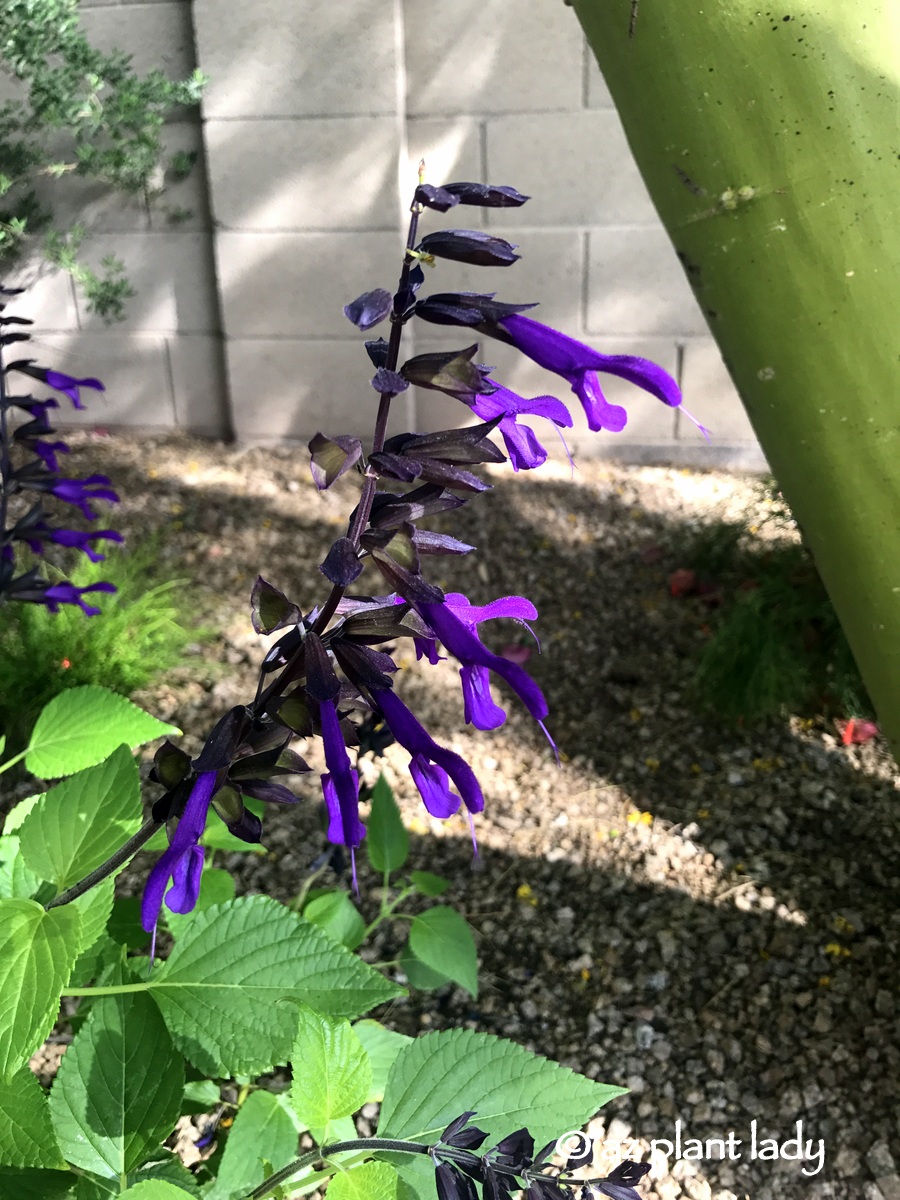
I would recommend pairing it with yellow-flowering perennials like angelita daisy (Tetraneuris acaulis), or gold lantana (Lantana ‘New Gold Mound’). I can hardly wait to see the hummingbirds flock to the tubular blooms. Flowering occurs in spring, summer, and fall. However, in hot climates, flowers may disappear in the summer only to resume in fall.
Hummingbirds will flock to the tubular blooms so be sure to place friendship salvia where you can view it up close. Flowering occurs in spring, summer, and fall. However, in hot climates, flowers may disappear in the summer only to resume in fall.
Salvias have always been a huge favorite of mine and I am so happy to have this new addition to the garden.
*Learn more about this and other colorful plants at Monrovia.
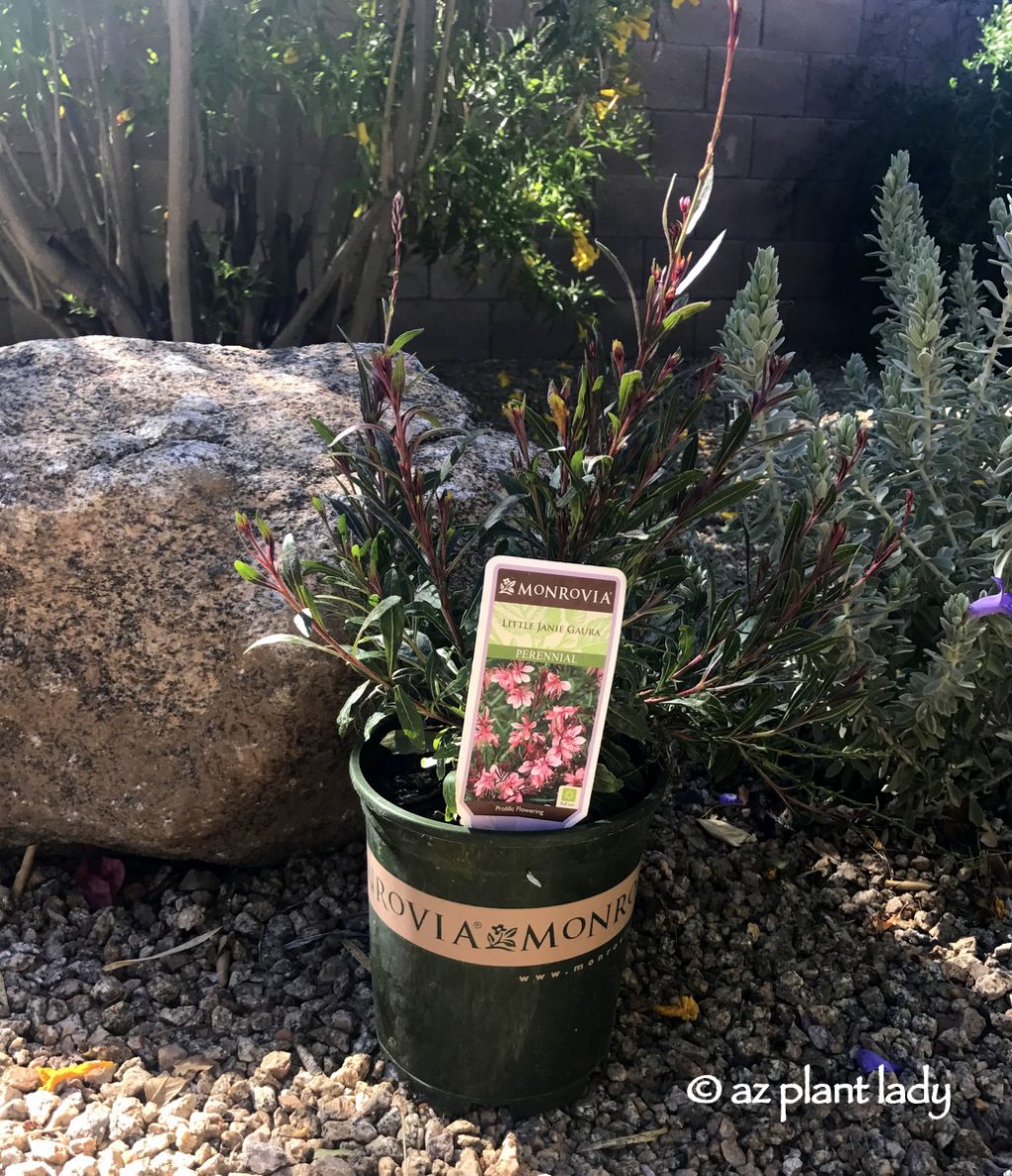
‘Little Janie’ Gaura
The second perennial that I’d like to show you is a variety of pink gaura. ‘Little Janie’ gaura (Gaura lindheimeri ‘Little Janie’) produces masses of small, pink flowers, which are shaped like butterflies.
They thrive in full sun to light, filtered shade and are drought tolerant.
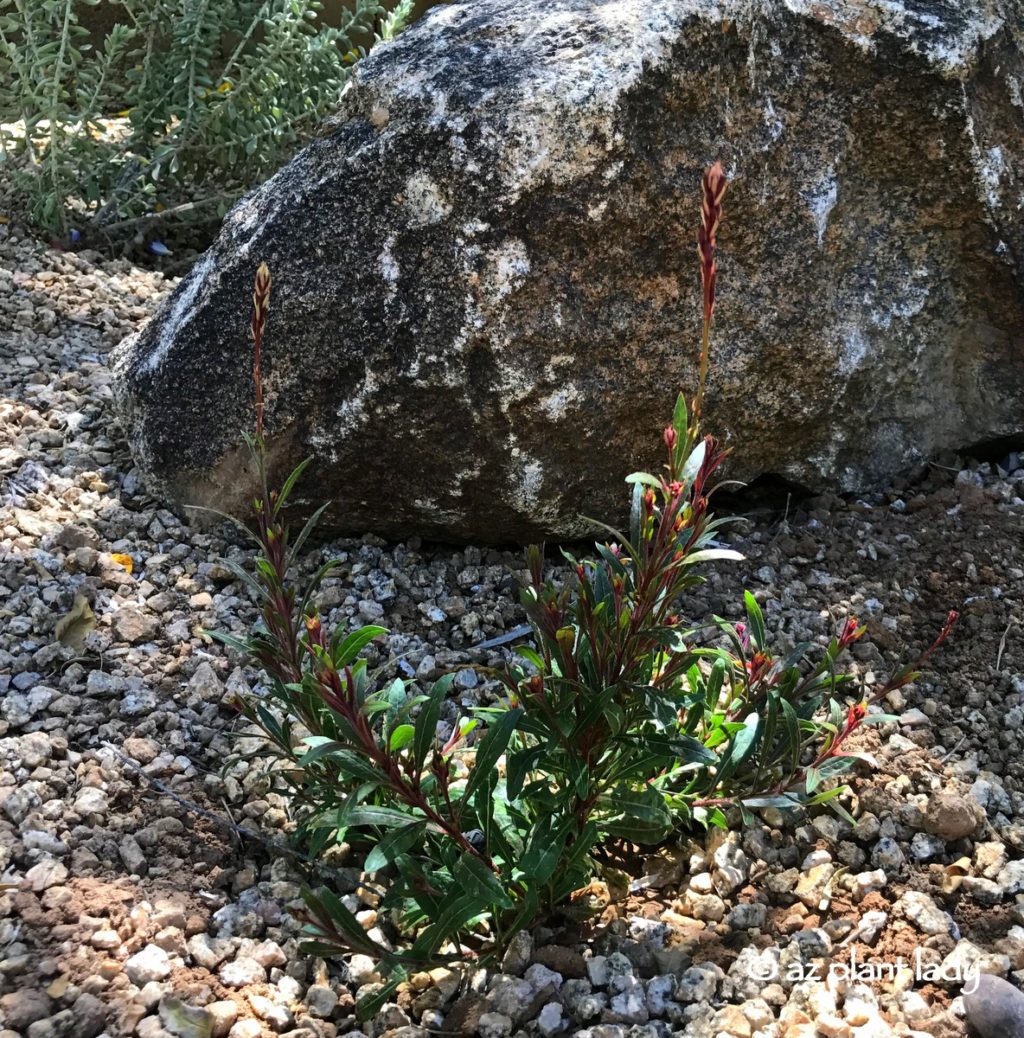
Gaura have a long bloom period, beginning in spring and lasting through fall. They are also very cold and heat tolerant and can be grown in zone 6 gardens (-10 degrees F.) while easily handling summer temperatures over 100+.
I like to group 3 gaura together and plant them next to boulders or plant them in perennial beds along a front entry.
My new ‘Little Janie’ gaura has lots of buds, ready to open up to reveal their pretty, pink flowers. They look great next to purple-flowering plants such as Blue Bells (Eremophila hygrophana) or purple trailing lantana (Lantana montevidensis).
These are just two of the beautiful plants from Monrovia that you can find at Lowe’s or your local nursery. Simply look for plants in the green ‘Monrovia’ containers.
*Learn more about Monrovia and their ‘Grow Beautifully’ campaign to help you create a colorful outdoor space.

